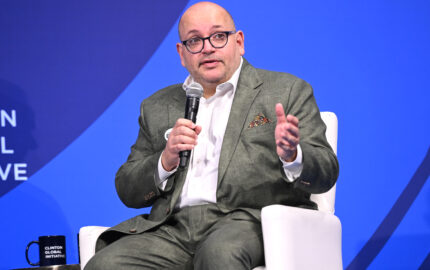In 2008 we began a campaign to replace Black Friday with a National Day of Listening, encouraging people to give each other the gift of listening, instead of just shopping. (It’s now the Great Thanksgiving Listen, an annual event in which we invite high schoolers across the country to interview elders over the holiday weekend.) A few years later, we launched a website where anyone could record and share those interviews.
In the fall of 2014, we received a Knight Prototype award to build a mobile app that people could use to record and upload interviews to the web. That award helped us find an approach to developing mobile technology that would fit a modest nonprofit budget. Our prototype, a hybrid app that worked in Android and iOS, was fully functional, but it still wasn’t ready to launch.
The user interface was thin. It was a simple proof of concept that lacked elements to walk people through preparing for their interviews, like lists of questions and recording tips, but it worked with one programming language on multiple operating systems. We were looking for a technology stack that a small nonprofit team could maintain, and we were stoked when we found one. Now we could use human-centered design to develop features for the app.
When the TED Prize landed, we knew exactly what approach to take, backed by several years of learning and iteration. In about three months we built a viable app for recording people’s stories and the infrastructure to support it. It didn’t have all the features we envisioned for the perfect StoryCorps app, but it had all the essentials and gave us room to grow in subsequent versions.
Developing a new technology to give people a StoryCorps interview experience like the ones we facilitate in our recording booths was in reality a long, natural evolution led by user feedback and constant experimentation, each step a means to the next rather than an end in itself. We also had to work within tight budgets and ensure that the infrastructure choices we made would keep the project solvent in the long term.
Now a couple of years after the launch, our platform has grown to over 125,000 conversations and more than 400,000 users. In October, the second anniversary of my Visiting Nieman fellowship, we launched a new version of the website and platform that powers the app, and we’ve added dozens of new features, some I worked on at Lippmann House, like community pages for groups to share interviews and new privacy options for people to control who can listen to their recordings.
We’re nowhere near the end of this journey with the new StoryCorps app and platform. In fact we’re at the beginning. That’s what innovation is to me—no matter how far we travel, there is still so much road ahead to explore.



